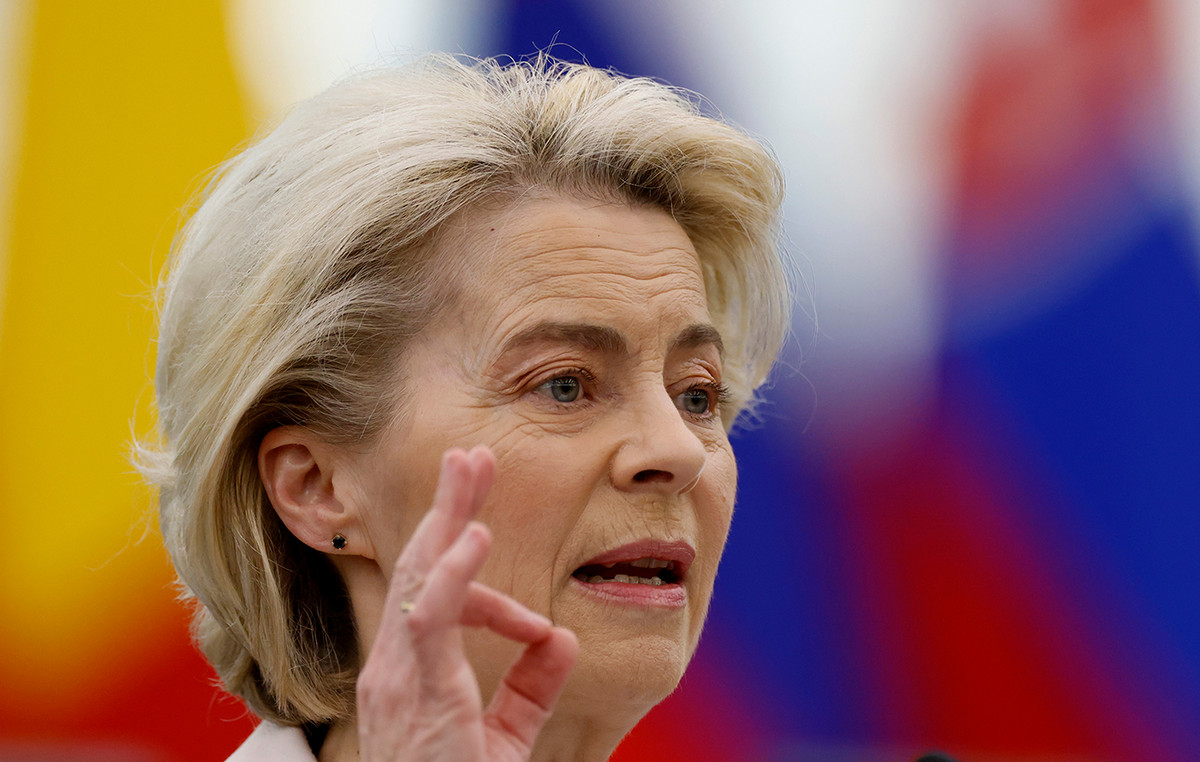In a scenario of high interest rates, the labor market should engage in a process of deceleration throughout 2023, analysts told the CNN .
The expectation derives from projections of low growth of the Gross Domestic Product (GDP) which, although it advanced 2.9% throughout 2022, retreated 0.2% in the last quarter of the year, according to the Brazilian Institute of Geography and Statistics ( IBGE) in early March.
“By looking at the GDP result in the fourth quarter, it is already possible to understand where the pessimism comes from. High interest rates have already begun to affect the economy, although the ‘electoral package’, with fiscal and consumption stimuli last year, has helped to reduce the impact on the data”, says Fernando de Holanda Barbosa Filho, senior researcher in the area of Applied Economics of the Brazilian Institute of Economics of the Getulio Vargas Foundation (FGV-Ibre).
According to the expert, the effects of the Selic rate, on an upward trajectory since March 2021 and stationary at 13.75% per year since August last year, take time to appear in the country’s activity. That is why, now, the impact begins to resonate with more force.
“They are not impacting at their full potential yet, but they will be. The high Selic as an inflation control tool has the burden of slowing down the economy, and this directly influences job creation.”
Looking back over recent years, the specialist analyzes that 2023 will have a different nature. While 2021 presented a recovery “jobless“, that is, with high GDP and high unemployment, 2022 was “GDP-less“, with a heated job market and a slowing economy.
“For 2023, I believe there will be little GDP and little employment. The labor market should slow down, and it is quite possible that we end the year with unemployment higher than that of 2022. In fact, nobody is projecting a lower rate.”
According to data from the Continuous National Household Sample Survey (Continuous PNAD), by IBGE, the average unemployment rate in the country fell to 9.3% in 2022, marking the lowest annual result since 2015.
For Bruno Imaizumi, from LCA Consultores, the result was a direct consequence of the pandemic. “In 2022, there was still room to recover vacancies lost in the most critical period of Covid-19, in addition to the increase in public spending on the eve of the elections having contributed to the creation of vacancies in some sectors”, he analyzes.
“Now we don’t have as much fiscal stimulus, nor as much space to spend. Fiscal expectations are the main problem today, in addition to the credit market being more difficult for some companies, even more so after the Americanas case. Sectors that are more credit sensitive, such as industry and construction, will likely have a harder time generating jobs this year.”
It is a view shared by Rodolfo Margato, an economist at XP, who claims he also sees a weakening in credit for individuals. “The high degree of indebtedness can reduce the consumption of categories that produce vehicles, electronics, appliances, furniture… Due to the drop in revenue, companies can lay off workers more liquidly”, he says.
At the other end, economist Claudia Moreno, from C6 Bank, believes that this year’s GDP could be boosted by the agribusiness sector.
“Projections of record grain harvests, for example, will fatten the agribusiness GDP, which, in turn, can offset part of the jobs lost in other sectors that are more sensitive to the credit market.”
Source: CNN Brasil
I am an experienced journalist, writer, and editor with a passion for finance and business news. I have been working in the journalism field for over 6 years, covering a variety of topics from finance to technology. As an author at World Stock Market, I specialize in finance business-related topics.







